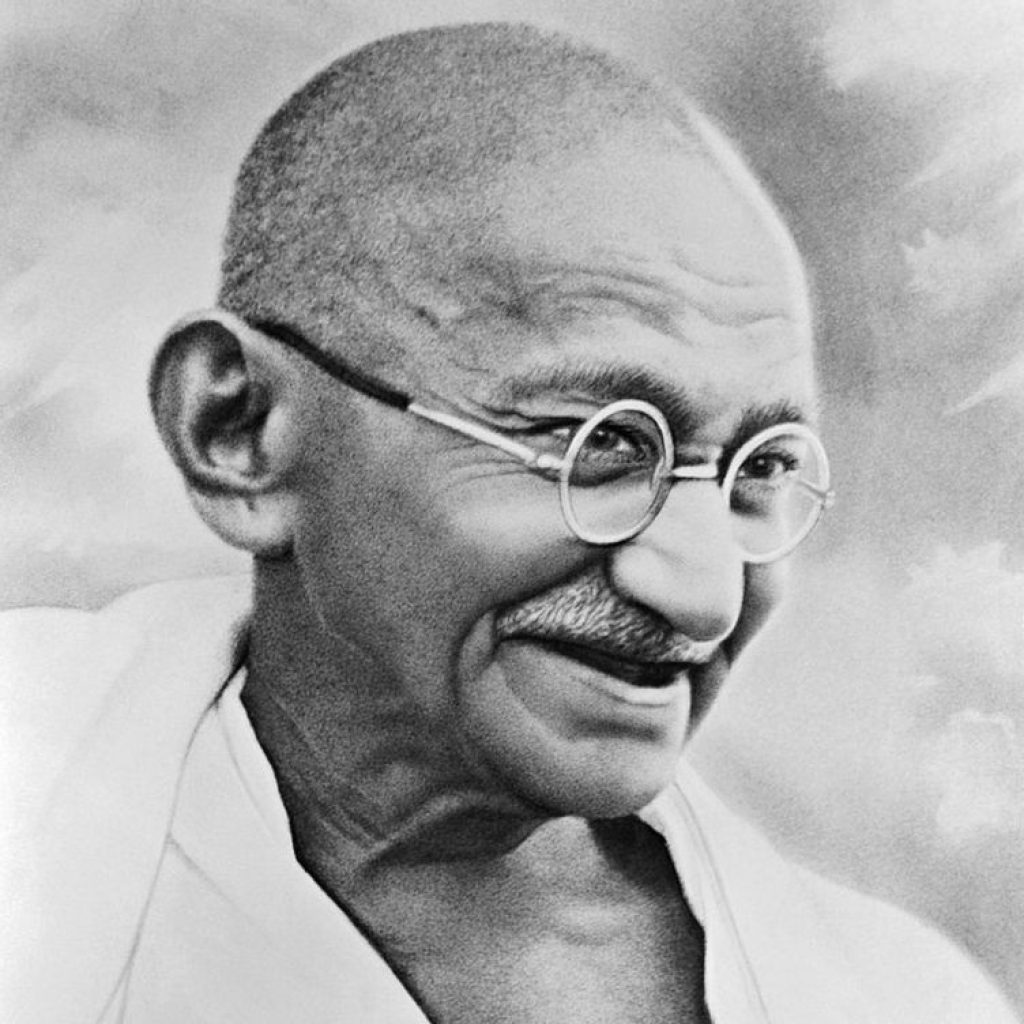- India States and Capitals List
India States and Capitals: India is a vast and diverse country, with 28 states and 8 Union territories. Each state is unique in terms of culture, language, and cuisine, and has its own capital city. In this blog, we will take a closer look at each state and its capital, highlighting some of the interesting facts and features that make each one special.
a list of all the states in India and their respective capitals:
- Andhra Pradesh – Amaravati
- Arunachal Pradesh – Itanagar
- Assam – Dispur
- Bihar – Patna
- Chhattisgarh – Raipur
- Goa – Panaji
- Gujarat – Gandhinagar
- Haryana – Chandigarh
- Himachal Pradesh – Shimla
- Jharkhand – Ranchi
- Karnataka – Bengaluru
- Kerala – Thiruvananthapuram
- Madhya Pradesh – Bhopal
- Maharashtra – Mumbai
- Manipur – Imphal
- Meghalaya – Shillong
- Mizoram – Aizawl
- Nagaland – Kohima
- Odisha – Bhubaneswar
- Punjab – Chandigarh
- Rajasthan – Jaipur
- Sikkim – Gangtok
- Tamil Nadu – Chennai
- Telangana – Hyderabad
- Tripura – Agartala
- Uttar Pradesh – Lucknow
- Uttarakhand – Dehradun
- West Bengal – Kolkata
In addition to the states, India also has 8 Union territories, each with its own capital:
- Andaman and Nicobar Islands – Port Blair
- Chandigarh – Chandigarh
- Dadra and Nagar Haveli and Daman and Diu – Daman
- Lakshadweep – Kavaratti
- Delhi – New Delhi
- Puducherry – Pondicherry
- Jammu and Kashmir – Srinagar (summer), Jammu (winter)
- Ladakh – Leh
Tags: India states and capitals, india all state name list and capital pdf in english
Each state and union territory has its own unique history, culture, and traditions. The states are further divided into districts, which are administered by elected representatives and government officials.
India’s rich diversity can be seen in the varied cuisines, languages, and customs that are prevalent across the country. The states and union territories of India are a reflection of this diversity and play a crucial role in shaping the country’s social, economic, and political landscape


